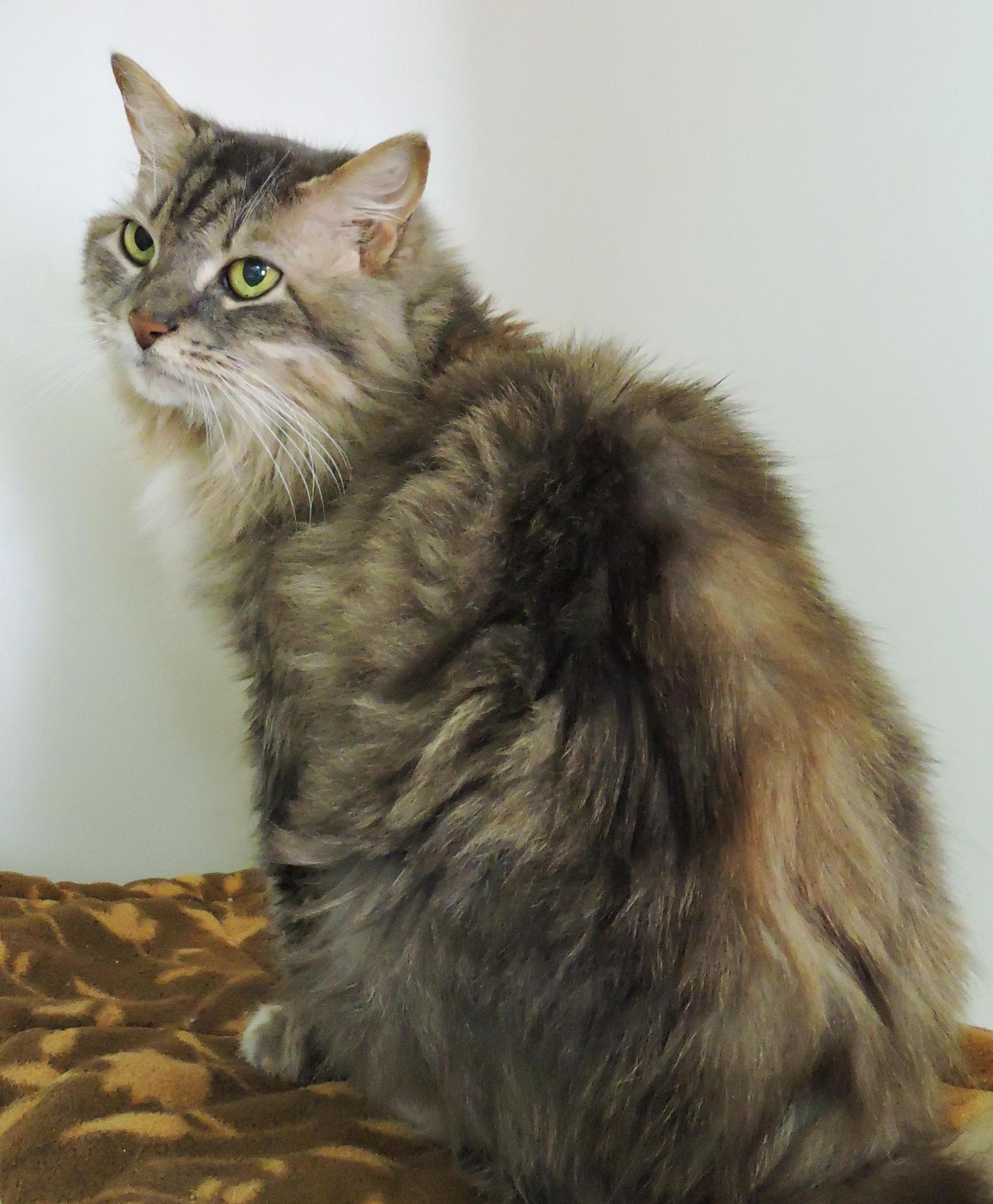 For years, it was common for people to have their cats declawed. It was an easy way to protect the furniture and didn’t seem like a big deal. In recent years, however, we’ve learned that not only is declawing a serious and painful surgery, it can lead to behavior problems and personality changes. In fact, it’s so serious that some cities have begun to discuss making it illegal to declaw a cat.
For years, it was common for people to have their cats declawed. It was an easy way to protect the furniture and didn’t seem like a big deal. In recent years, however, we’ve learned that not only is declawing a serious and painful surgery, it can lead to behavior problems and personality changes. In fact, it’s so serious that some cities have begun to discuss making it illegal to declaw a cat.
Declawing is more than just a nail trim…it’s a major surgery that amputates the last bone of a cat’s toes. In a person, it would be similar to cutting off a finger at the last knuckle. Not only is the surgery itself painful, the result changes the way a cat’s paw meets the ground, causing pain whenever she takes a step. It may also cause her to stop using her litter box because the litter becomes painful to her paws. In many cases, bone fragments are left behind, causing even more pain.
We see many cats surrendered to the shelter because of litter box problems, or because they no longer seem friendly. It’s not a surprise when we discover that the cat was declawed.
Scratching is a natural, healthy feline behavior. Cats scratch to mark territory with their scent, and to stretch their muscles. They use their claws for protection and to climb when they feel threatened. Without the ability to do these things, a cat may begin to feel insecure. Your once sweet and loving cat may become more aggressive or start to bite, defending against any potential threat.
Declawing can cause your cat to live a life of anxiety and constant pain. There are ways to protect your furniture and skin without causing your cat to suffer:
- Provide scratching posts and rugs. Cats need to scratch. You can help fulfill that need by presenting alternatives to furniture such as tall posts covered in sisal rope, catnip-infused door hangings, or carpet squares. A cat tree is great because it often provides all of those conditions. Try a variety of options, be patient, and reward positive behavior.
- Learn to trim nails. Cat claws can be carefully trimmed to keep them healthy and manageable. There are some great videos online to show you proper technique. Your veterinarian or local animal groomer can teach you how, or they can do it for you for a small fee. There are also rubber nail tips that can be glued onto your cat’s nails as an alternative.
- Adopt a declawed shelter cat. If you feel strongly about having a declawed cat, adopt one from the shelter. Now that you have a better understanding of declawed cats, you could provide a loving home to one in need and prevent another cat from undergoing the inhumane practice of declawing.
With a bit of patience and understanding, it’s possible to accept cats the way they are and still live in harmony.
To learn even more about declawing, visit the Paws Project website.
To donate to help declawed cats at the shelter, like George, visit our crowdfunding campaign at YouCaring.com
